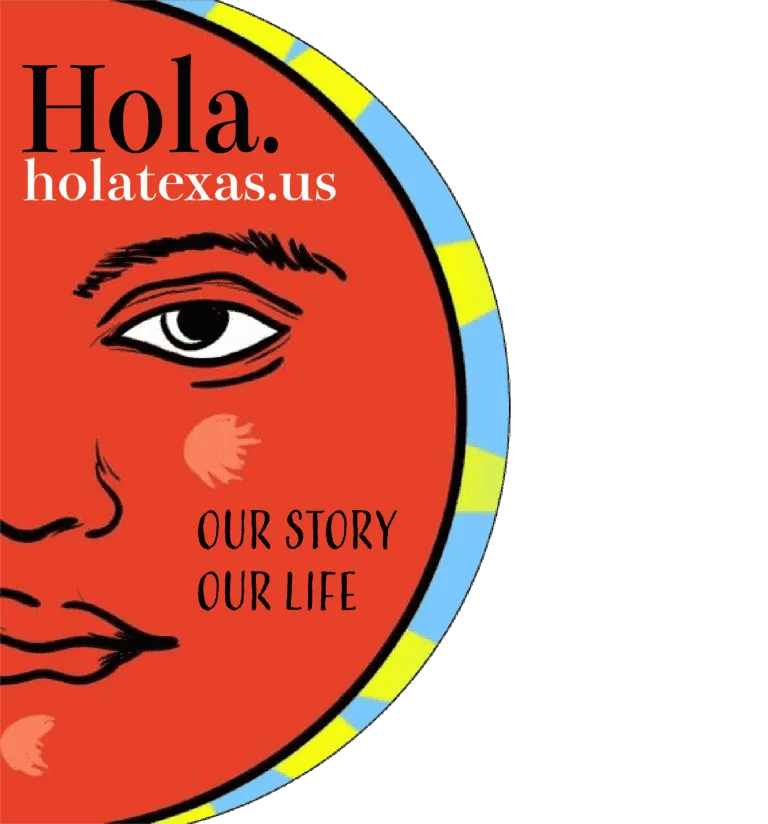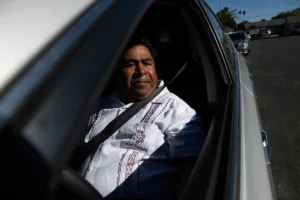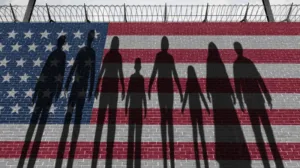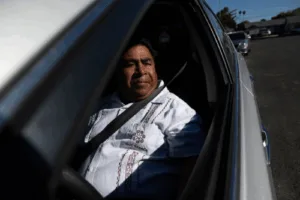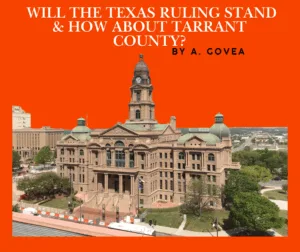By David Pham
Oct 13, 2025
All Videos by Indigenous Revolution.
For centuries, colonial narratives portrayed Indigenous peoples of the Americas as extinct or assimilated. Yet from the Inuit in the Arctic to the Quechua in the Andes, from the Taíno in the Caribbean to the Yanomami in the Amazon, Indigenous nations remain vibrant, sovereign, and increasingly visible.
A Shared Story of Survival
The brown, copper-toned faces of the Americas tell a living story of survival. Some speak English, Spanish, Portuguese, or French, but many still voice their ancestral tongues. Conquered yet never erased, Indigenous nations resisted, endured, and today continue to carry forward their languages, traditions, and sovereignty.
Canada: Diverse Nations, Enduring Traditions
Canada’s 2021 Census counted more than 1.8 million Indigenous people (about 5% of the population)—including First Nations, Inuit, and Métis. Nations such as the Cree, Dene, Haida, Gitxsan, Nuu-chah-nulth, Blackfoot, Mohawk, Anishinaabe, and Mi’kmaq maintain strong cultural traditions. Inuit continue to thrive across Nunavut, Labrador, and the Yukon. Their songs and governance systems predate European crowns by millennia.
United States: Sovereignty and Revitalization
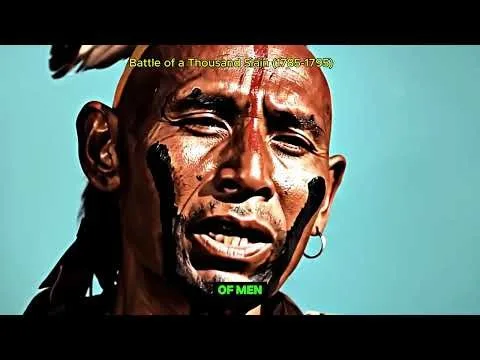
The Epic Journey: Native American History.
The 2020 Census recorded 9.7 million people identifying as American Indian, Native American, or Alaska Native, with 3.7 million identifying solely as such. The U.S. recognizes 574 tribal nations, including the Navajo Nation, the largest by land, and the Cherokee Nation, the largest by population.
From the Lakota, Dakota, and Nakota of the Plains to the Hopi and Pueblo peoples of the Southwest, from the Apache, Comanche, and Ute of the highlands to the Yup’ik of Alaska and Kanaka Maoli of Hawai‘i, Indigenous nations continue to defend sovereignty and revitalize languages. More than 150 Indigenous languages remain in use, with Navajo (Diné Bizaad) the most widely spoken, and others, such as Wampanoag, undergoing revival.
Mexico and Central America: Pueblos Originarios
In Mexico, Indigenous peoples are often called indígenas or pueblos originarios. Among them are the Nahua, Maya, Mixtec, Zapotec, Purépecha, Otomí, Totonac, Huichol (Wixárika), Tarahumara (Rarámuri), and Yaqui.
In Central America, Indigenous nations include the K’iche’ Maya, Q’eqchi’, Lenca, and Pipil of Guatemala, Honduras, and El Salvador, as well as the Chorotega, Bribri, Miskito, Rama, and Guna (Kuna) of Nicaragua, Costa Rica, and Panama. Despite centuries of colonial pressure, many communities continue to govern through ancestral customs and speak their native tongues.
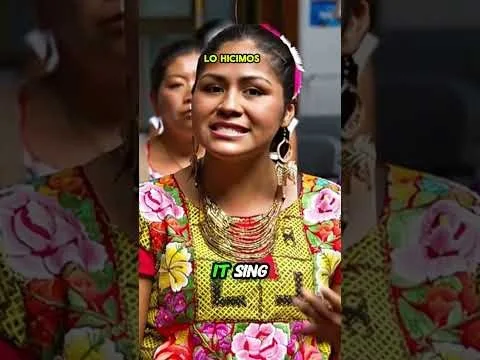
Mexicans Are Native Americans | Indigenous to the Americas, Not Foreigners.
South America: Andes and Amazon Nations
The Andes remain home to millions of Quechua (Kichwa) and Aymara speakers across Bolivia, Peru, and Ecuador. In Chile and Argentina, the Mapuche continue to fight for their lands, while Colombia’s Muisca, Kogi, and Arhuaco guard the Sierra Nevada.
In the Amazon basin, nations such as the Asháninka, Shipibo, Shuar, Yanomami, Kayapó, Xavante, Waorani (Huaorani), and Tikuna maintain forest-based lifeways. Farther south, the Tehuelche and Yaghan (Yámana) survive in Patagonia, while the Lokono (Arawak), Kalinago (Carib), and Wayampi endure in Suriname, French Guiana, and Guyana.
Caribbean: Survival and Renewal
The Caribbean’s Indigenous nations—the Taíno, Kalinago (Island Carib), and Arawak—were the first to confront colonization. Though many were declared extinct, their descendants remain in Puerto Rico, the Dominican Republic, Dominica, St. Vincent, Cuba, and Trinidad, actively reviving traditions and reclaiming identity.
The First and Forever Peoples
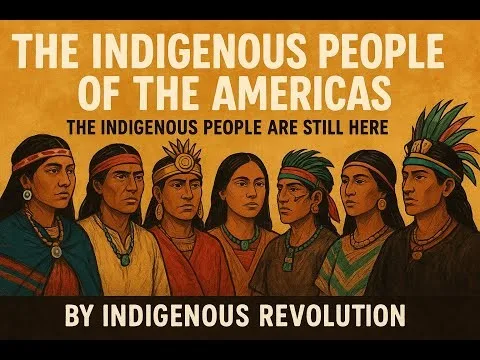
From the Inuit and Yup’ik hunters of the Arctic to the Lakota of the Plains, from the Zapotec of Oaxaca to the Mapuche of Chile, Indigenous nations remain the first and forever peoples of the Americas.
They are not relics of the past but sovereign nations with living languages, ceremonies, and governance. Their survival is a collective defiance of erasure and a testament to cultural resilience.
